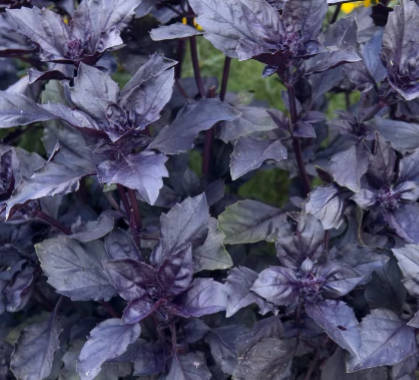QLD Fruit fly is a devastating pest for us here in the subtropics. It can make vegetable gardening during the warmer months prohibitive if they are out of control. We have both QLD Fruit fly and cucumber fly problems here and we’ve used a holistic approach to help drop the numbers in our garden with success. Here’s how we’ve done it.
What do QLD Fruit Fly look like
The QLD Fruit Fly can be easily mistaken for a wasp. It is a reddy brown in colour with yellow markings at around 8mm in length. Their wings are outstretched horizontally when walking.
Cucumber fly is often mistaken for QLD fruit fly. It looks very similar, but it has slightly different colouring with a yellow stripe on its back between its wings. Not a lot of research has been done into cucumber fruit fly so it gets far less attention but we find it more devastating to our vegetable patch than the QLD fruit fly with all our zucchinis rotting before getting a chance to overwhelm us in the kitchen.
When do we see them in our garden
This pest is very much seasonal for us here in subtropical south east Queensland and will make an appearance as soon as the temperature and humidity increases. We have seen them as early as August in our garden, with them hanging around right up until May. We are generally safe during the cooler months which is why we grow a lot more of our tomatoes during those months.
Life Cycle of a QLD Fruit fly
The female will lay eggs in ripening fruit just below the surface. The eggs take around 2-3 days to hatch into larvae that are white maggots around 7mm long at maturity. They eat and tunnel inside the fruit carrying a bacteria that helps break down the fruit (which is why you may mistake fruit fly stings for rotting fruit). Larvae will mature in 7–10 days in summer and emerge from the fruit to pupate in the soil. The pupal stage lasts about 10 days, overall during summer the life cycle from egg to fly is around 2.5 weeks.
What plants are affected by QLD Fruit Fly
QLD Fruit flies will affect a wide range of fruiting plants in your vegetable garden including tomatoes, capsicums and chilli’s. The cucumber fruit fly will affect your cucumbers, zucchini and butternut squashes.
How to tell if your fruit has been stung
There are a couple of indicators of stung fruit. On close inspection you may find pin prick holes or blemishes on the surface of your fruit. At later stages you may see fruit randomly dropping, fruit rotting or the maggots in the fruit itself.
How to manage fruit fly in the organic garden
We use a three pronged approach to help keep them numbers down.
Exclusion Nets
The most effective organic way to keep fruit fly off your plants is by exclusion netting. You can either choose to net entire garden beds, but our preferred method is exclusion bags over clusters of fruit instead. Ensure the netting is a good quality insect proof UV rated net and ensure your fruit isn’t touching the side of the bags as they can not only sting through the bags but you may risk your fruit becoming sunburnt on hot days.
Lure Stations and Protein Baits
Lure stations are part of a holistic approach to getting your numbers down. Use them in conjunction with exclusion nets for best protection. Lure stations will usually be hormone and attract males, but there are some that also target females as well. These are also great to also monitor your numbers. Great to use year round so you can tell when it’s time to bring out the exclusion nets or if it's safe to pack them away.
Protein baits are also great to hang around to get them under control. You can purchase foliar spray but we use the paste painted on timber that we can move around as we see fit.
Clean up affected fruit
Probably the number one thing that people do is compost affected fruit. This will continue the cycle and you’ll forever have a fruit fly problem. Make sure any fruit that you come across is cleaned up and dealt with immediately.
We will pop affected fruit in the freezer for composting at a later date, but we have also boiled fruit as well.
A heads up trying to drown them in water doesn’t work. We’ve popped fruit into a bucket of water for several months only for them to reanimate. Kill them with fire or ice for the best results.
Other considerations to help lower numbers
Fruit flies actually don’t have a huge flying range, and how they move around will be from tree to tree. So if you have a major issue with fruit flies and you’re already breaking the cycle on your own property, maybe it’s time to have a chat with neighbours who may not be doing the same thing. It may be worth your time to offer to help out with managing their fruit in the long run to help get them in check.
I’d love to know what strategies you’ve used to manage QLD Fruit Fly. Leave a comment below. And if you need help identifying pests and how to deal with them in your unique situation come on over and join us inside Dirt Lovers.







